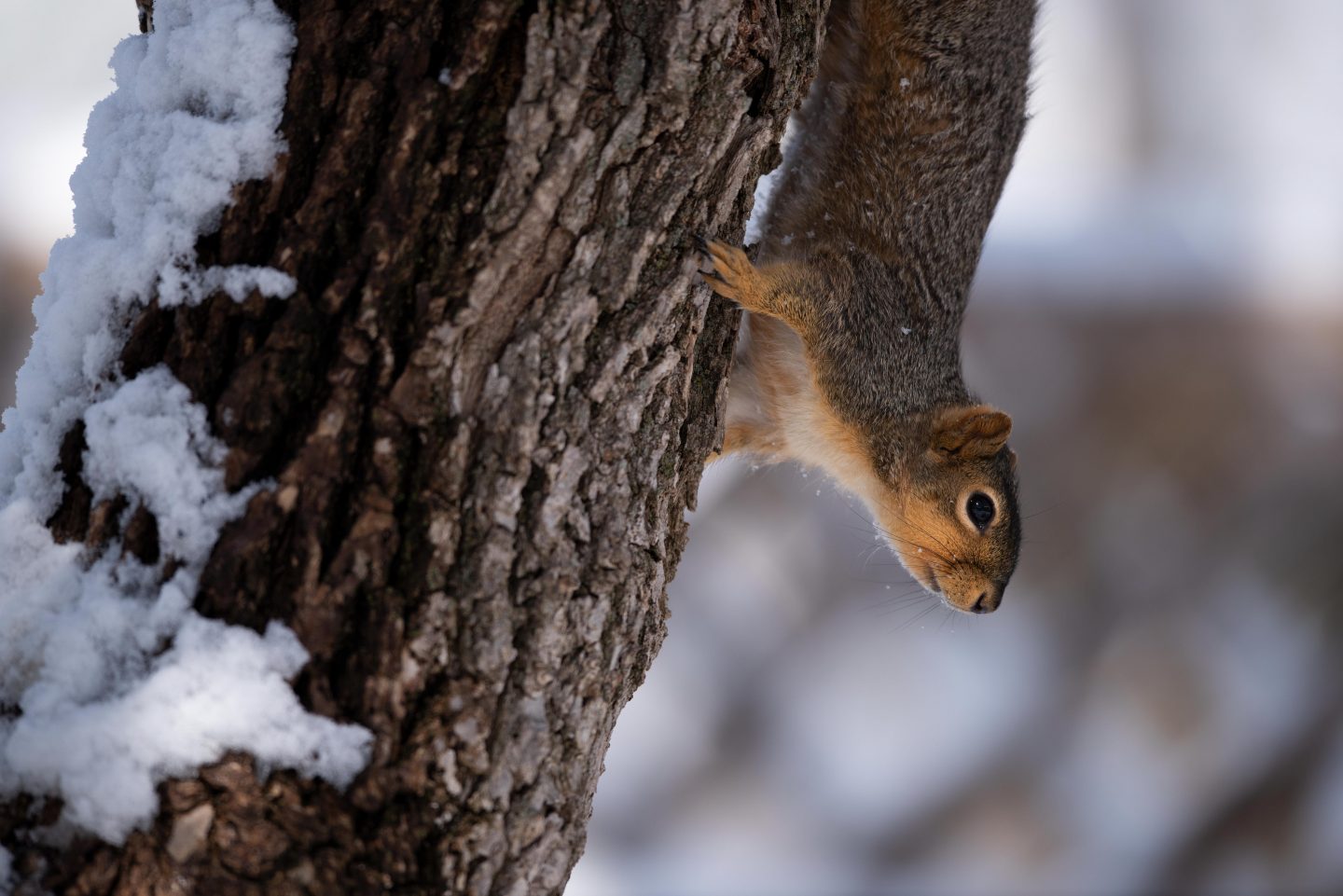
By Monica Macoubrie, Wildlife Education Specialist
When we think of animals in the wild, we often picture them hunting, foraging and surviving in their environments. But play is just as vital to their lives as survival skills. From bounding white-tailed deer to sledding otters, playful behaviors are far more than random bursts of energy—they are nature’s way of teaching animals how to thrive.
Play builds strength, sharpens instincts and fosters social connections, making it an essential part of an animal’s development. In the heart of Nebraska’s winters, these playful moments reveal not just the resilience of wildlife but also their joy, reminding us that even in the coldest seasons, life is full of vitality.
Coyotes – The Snowball Sprinters
Coyotes are often seen in Nebraska’s snowy fields, playfully bounding through drifts or engaging in what appears to be games of tag with each other. This behavior is not just for fun—it helps younger coyotes develop hunting skills and strengthens social bonds within the pack. Their playful antics, such as pouncing into the snow to find hidden prey, hone their ability to survive.
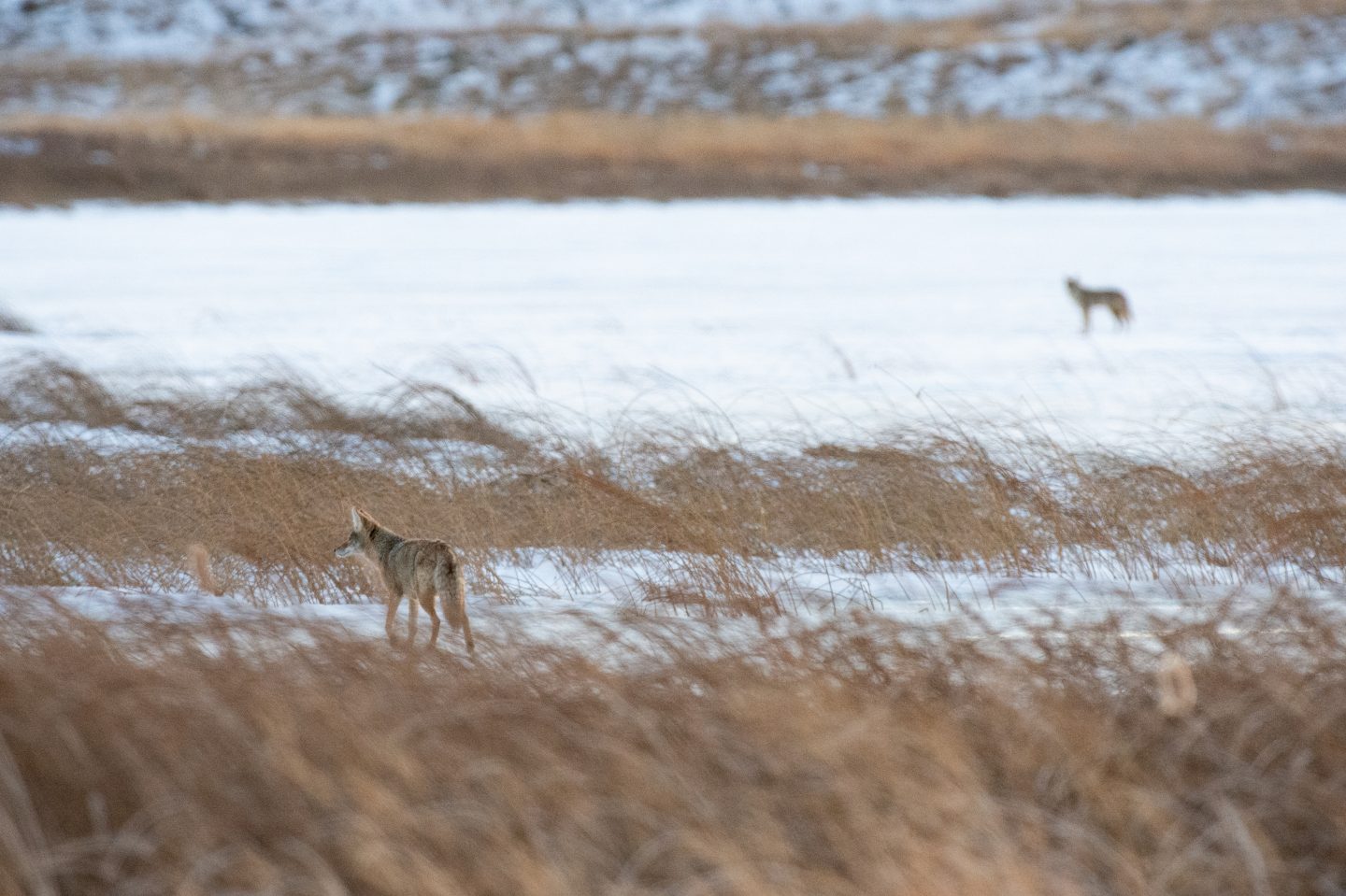
Squirrels – The Acrobatic Performers
Squirrels, especially fox and gray squirrels, remain active throughout winter. Their playful chasing up and down tree trunks is not only entertaining to watch but also helps them maintain agility and strength. They might even playfully toss pinecones or dig in the snow as if searching for hidden treasure, sometimes discovering nuts they buried in the fall.
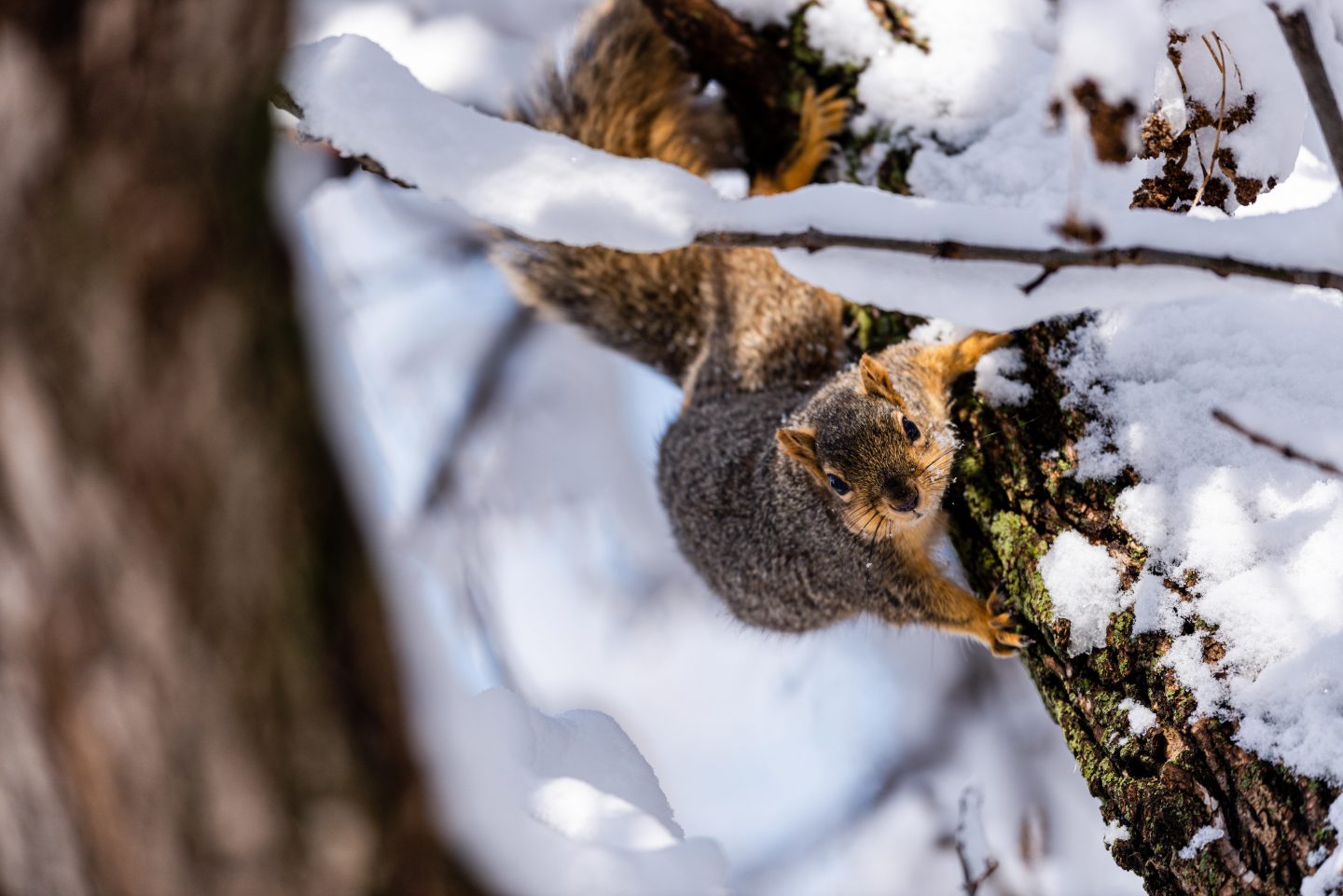
Otters – The Sliding Showstoppers
River otters are the epitome of winter play. Along Nebraska’s waterways, these sleek mammals slide down snowy banks, creating makeshift sleds with their bellies. This playful behavior isn’t just for entertainment—it also conserves energy during travel and helps them bond with family members. Watching an otter slide effortlessly into icy water is a joy to behold.
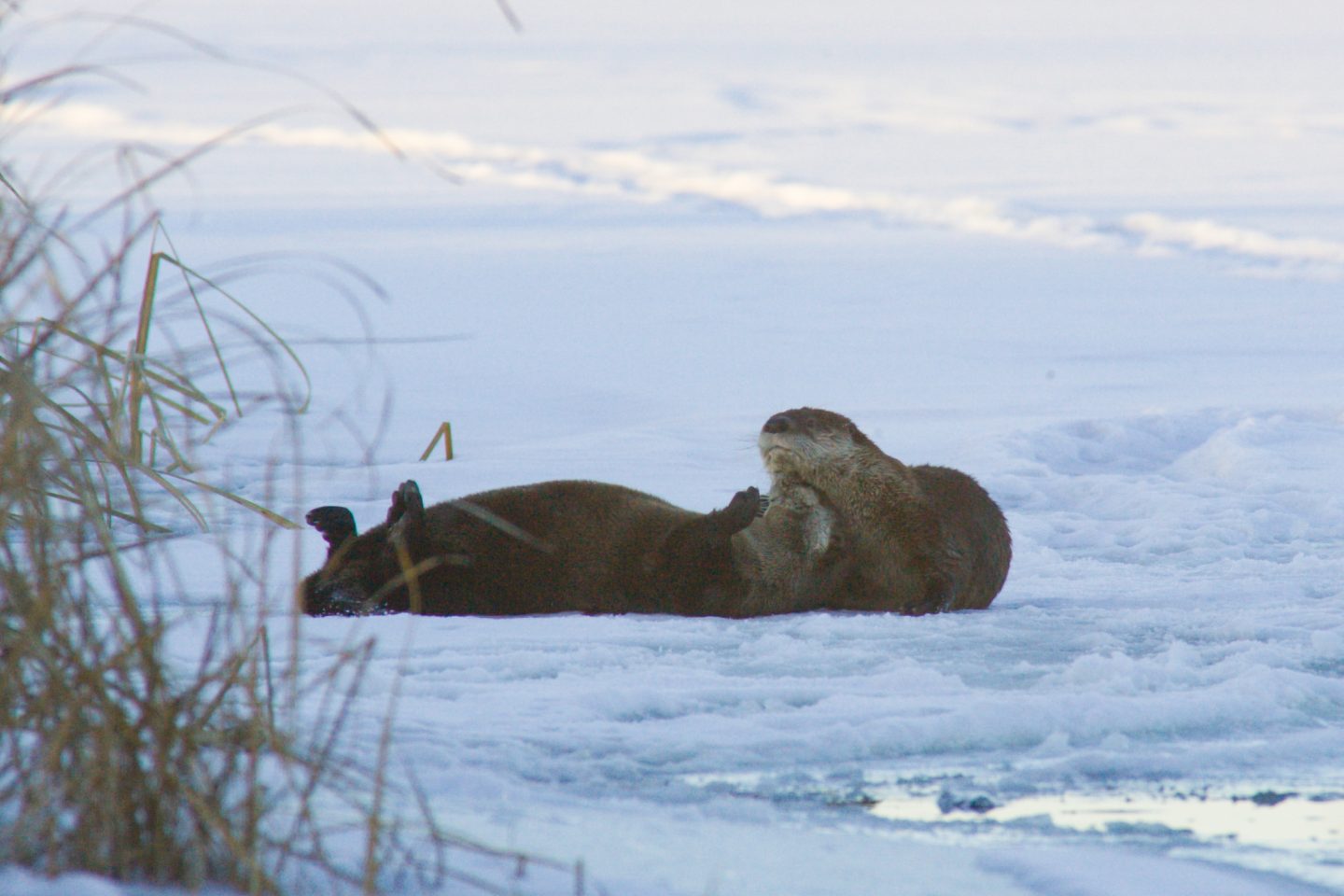
Birds – The Aerial Dancers
Even in winter, Nebraska’s skies are alive with playful birds. Crows and magpies are known to “sled” down snowy roofs or hills, sometimes using sticks or other objects as improvised tools. Chickadees and juncos flit about, engaging in aerial games that might look like playful chasing but also serve as practice for avoiding predators.
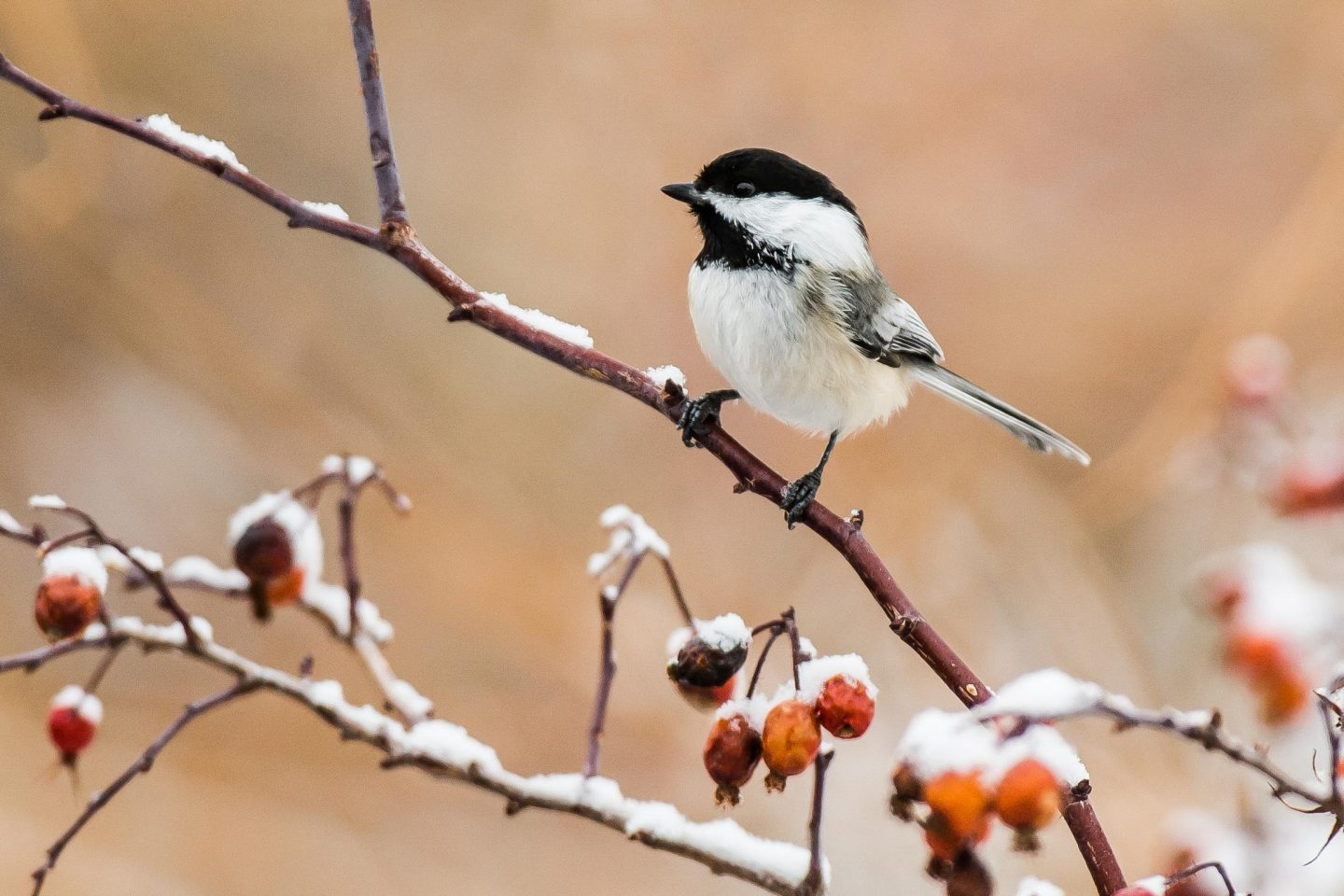
Deer – The Graceful Jumpers
White-tailed deer in Nebraska can be seen bounding through the snow with remarkable grace. Fawns often engage in playful behavior, leaping and chasing each other through snowy fields. These activities not only strengthen their muscles but also build social skills they’ll need later in life.
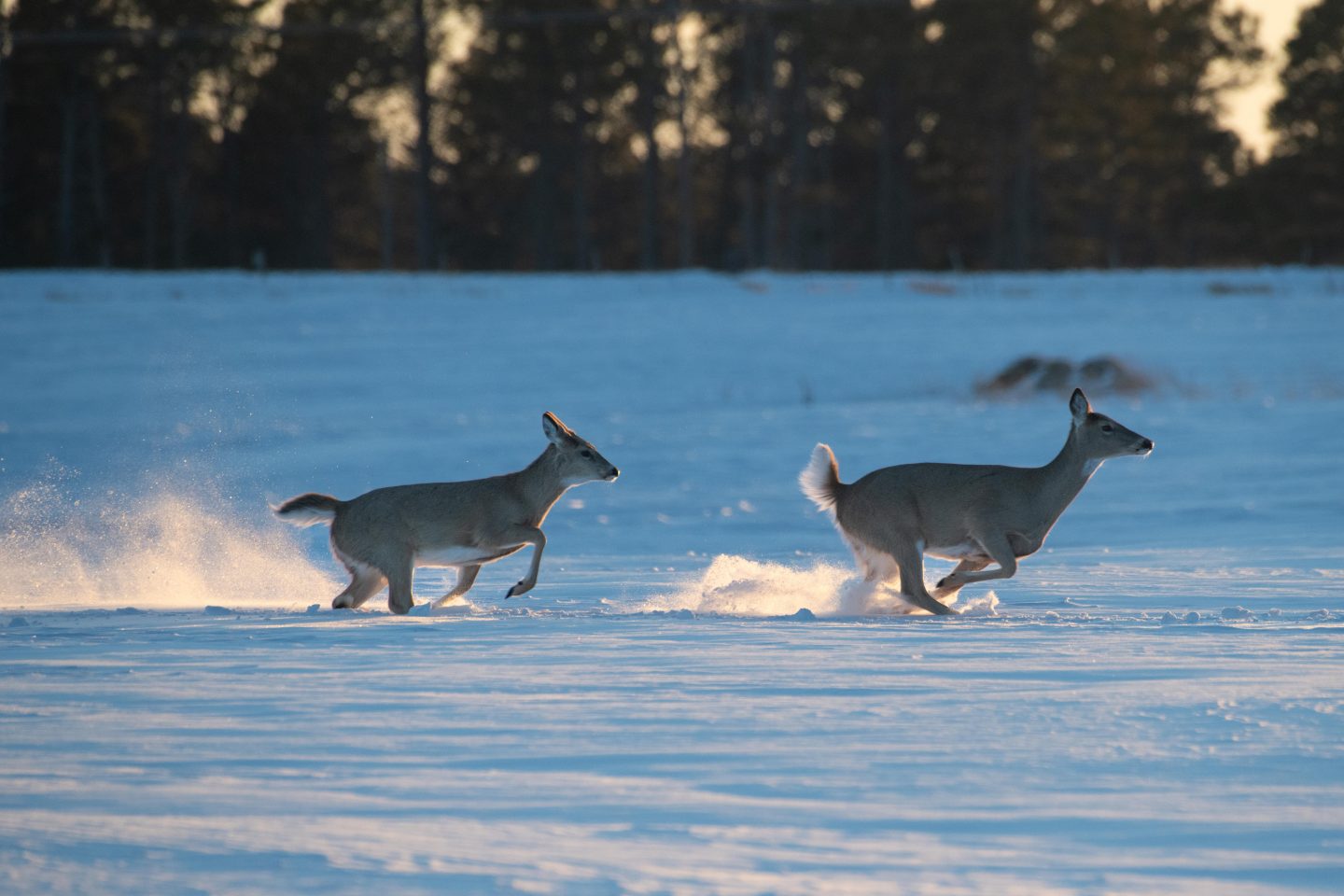
The next time you’re exploring Nebraska’s winter landscapes, keep an eye out for these playful moments. They’re a reminder that even in the coldest months, nature is full of life and joy. Whether it’s a coyote pouncing in the snow or an otter sliding down a bank, winter play is a testament to the resilience and adaptability of wildlife.
